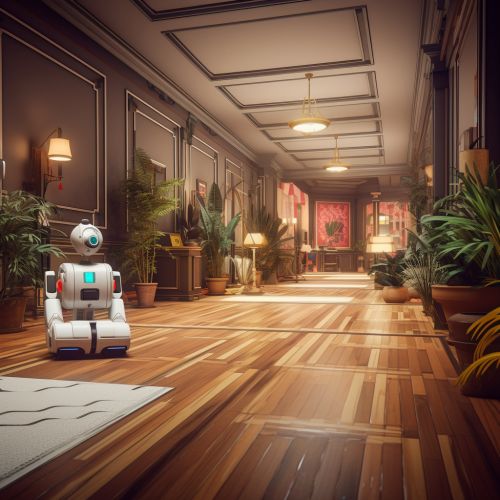The Role of Deep Learning in Autonomous Robotics
Introduction
Deep learning, a subfield of machine learning, has become a fundamental component in the development of autonomous robotics. This technology allows robots to perceive, understand, and navigate their environment independently, which is a crucial requirement for autonomy. Deep learning algorithms, particularly those based on neural networks, have been instrumental in enabling robots to learn from their experiences and make decisions based on their understanding of the world.


Deep Learning and Perception in Robotics
In autonomous robotics, perception is the ability of a robot to sense its environment and interpret the sensory data. Deep learning has significantly improved the perception capabilities of robots, enabling them to recognize objects, detect obstacles, and understand scenes. This is mainly achieved through Convolutional Neural Networks (CNNs), a type of deep learning algorithm that excels in processing visual information.
For instance, a robot can use a CNN to analyze images captured by its camera and identify objects within its field of view. This is known as object recognition, and it is crucial for tasks such as navigation, manipulation, and interaction with humans. Moreover, deep learning can also be used for semantic segmentation, where each pixel in an image is classified according to the object it belongs to. This provides a detailed understanding of the scene, which is essential for safe navigation and interaction with the environment.
Deep Learning and Decision Making in Robotics
Deep learning is not only used for perception but also for decision making in autonomous robotics. This involves using algorithms to analyze the robot's current state and the state of its environment, and then deciding on the best course of action. One of the most common approaches for this is reinforcement learning, a type of machine learning where an agent learns to make decisions by interacting with its environment and receiving feedback in the form of rewards or penalties.


In the context of robotics, reinforcement learning can be used to train a robot to perform a specific task, such as navigating through a maze or picking up an object. The robot starts with no knowledge of the task and learns through trial and error. Each time it performs the task, it receives feedback in the form of a reward or penalty, which it uses to adjust its behavior. Over time, the robot learns to perform the task efficiently and accurately.
Challenges and Future Directions
Despite the significant advancements in autonomous robotics brought about by deep learning, there are still many challenges to overcome. One of the main challenges is the need for large amounts of annotated data for training deep learning models. This is often time-consuming and expensive, and it may not always be feasible to obtain such data, especially for complex tasks or environments.
Another challenge is the lack of transparency and interpretability of deep learning models, often referred to as the black box problem. This makes it difficult to understand why a model makes a certain decision, which can be problematic in safety-critical applications.
Looking forward, one of the main research directions is the development of more efficient and robust deep learning algorithms for robotics. This includes algorithms that can learn from fewer examples, generalize better to new situations, and provide more interpretable and explainable decisions. Another important direction is the integration of deep learning with other technologies, such as swarm intelligence, to enable the coordination of multiple robots in a collaborative manner.
